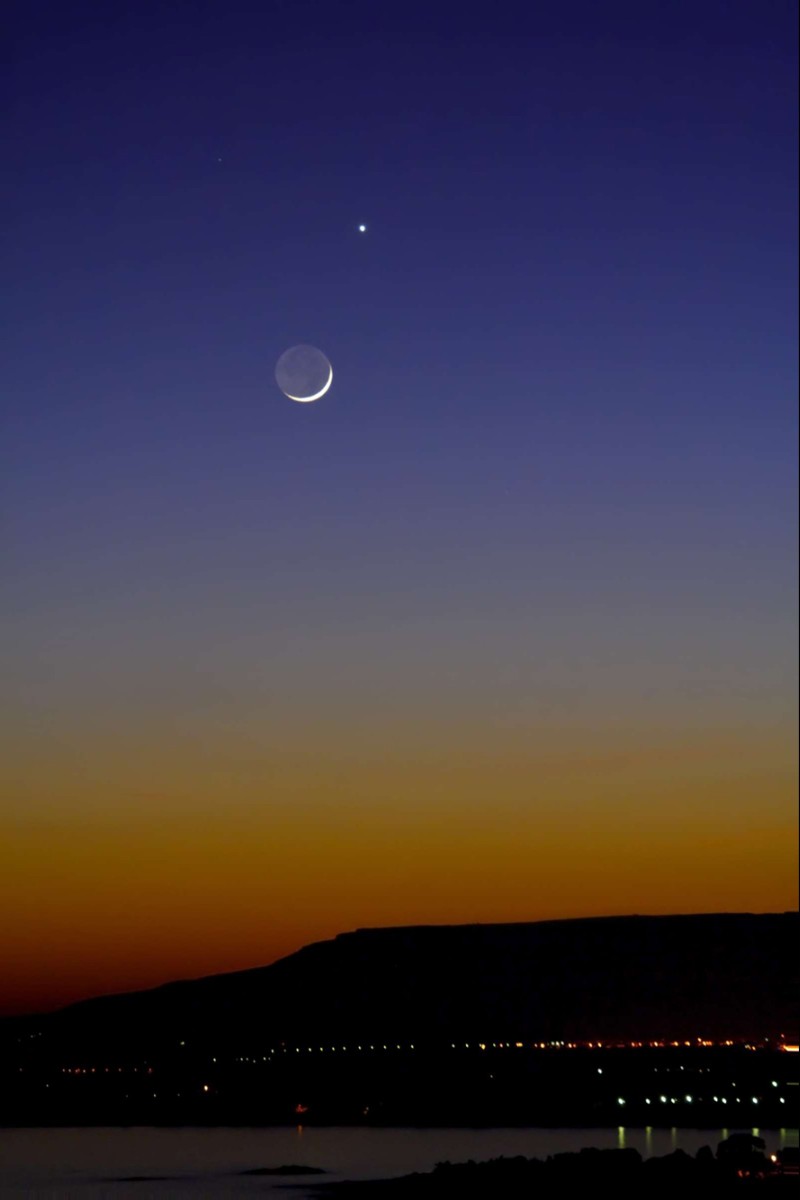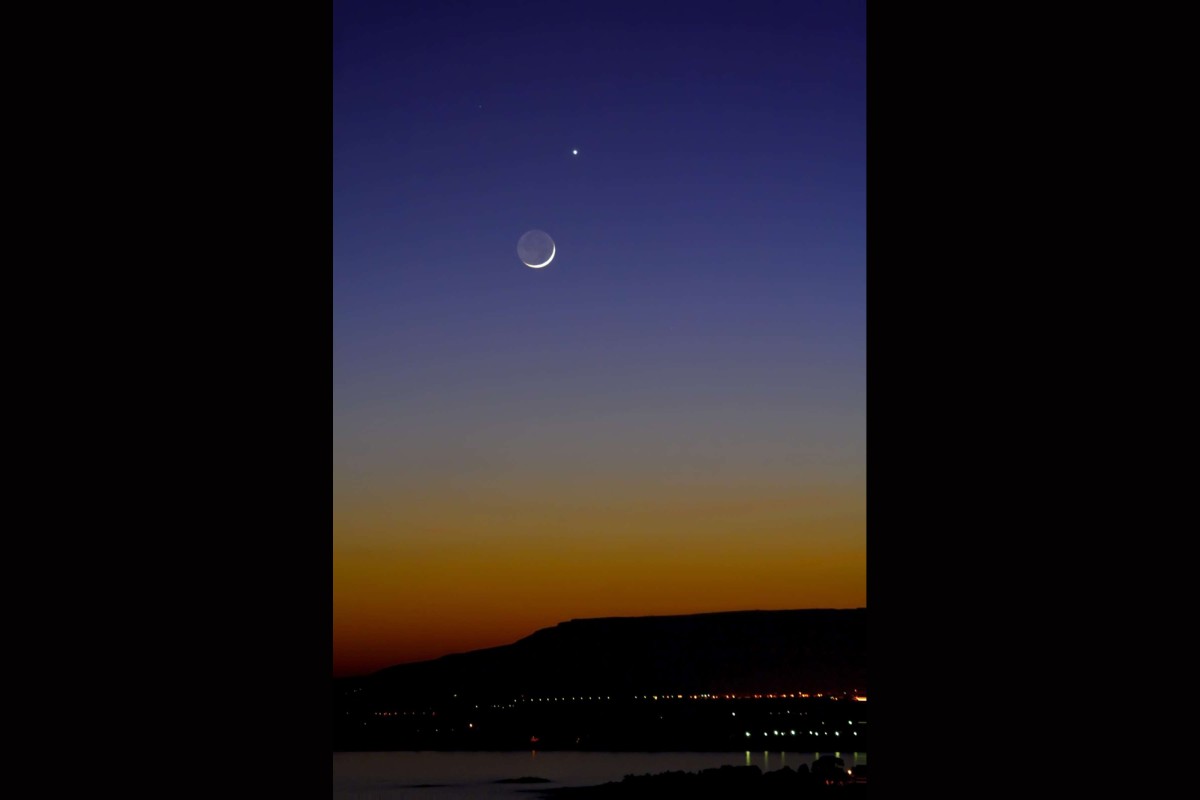
The Quadrantid meteor shower and other astronomical wonders to look out for this year
Stargazers are in luck: there’s plenty going on in the skies above this year. All you have to is look up
 Look out for the moon and Venus in the night skies – they’re super close together right now!
Look out for the moon and Venus in the night skies – they’re super close together right now!There’s a lot in store for stargazers this year, and some amazing astronomical phenomena can already be seen even though we’re only three days into 2017.
The Quadrantid meteor shower will peak tonight at midnight, and at its height there will be 120 meteors per hour crossing the sky. Hong Kong Joint School Astronomical Society honorary advisor Phil Lee has told Young Post that the shower will still be visible until Friday, where more than 50 meteors will be observable crossing the sky every hour from midnight to 5am.
Good vantage points for the best views of the night sky, Lee said, are High Island Reservoir in Sai Kung, Po Toi Island and Lantau Island.
However, our chances of catching the best night show that nature has to offer will depend on the weather, and if the clouds that have been filling our skies will be blown away. Tam Kwong-hung, the Senior Scientific Officer for the Observatory, said that moderate to fresh easterly winds will hit our city in the following days.
“This will improve visibility. The sky will be clearer [after that], therefore the viewing conditions will be better,” Tam said.
You will have hardly missed the fact that Venus and the moon have, in the past few nights, been creeping closer to each other in the night sky.
Lee said this event, called the Venus-Moon conjunction, occurs around once a month, normally at the start or at the end of every lunar month. You don’t need any special equipment to see this, as both the moon and the planet are bright enough to be seen with the naked eye.
“[But] if the sky is hazy or cloudy,” Lee added, “you’ll need to use binoculars to see Venus.” Make sure you look out for this sight soon though, as Venus will start to move away again in a few days.
Here are some other astronomical phenomena that will be visible from the city this year:
February 11
A penumbral lunar eclipse will occur around 6.32am.
August 8
A partial lunar eclipse will take place from 1.22am to 3.18am.
August 12
There will be up to 150 meteors crossing the sky every hour when the Perseid meteor shower takes place.
December 3
At 11.45pm, the moon will be at its brightest and largest this year.
December 14
The Geminid meteor shower will hit its peak, with up to 120 meteors crossing the sky every hour.
